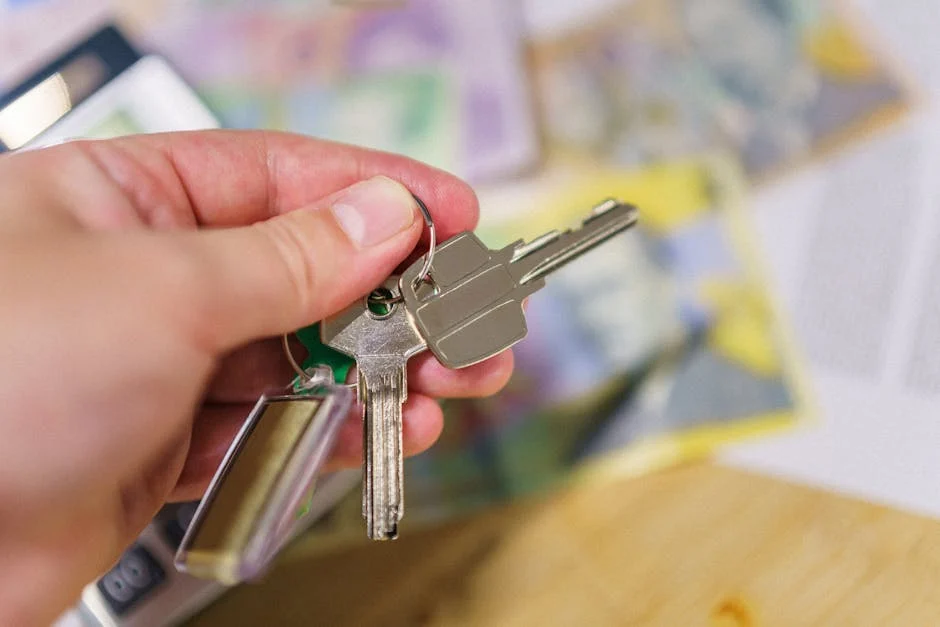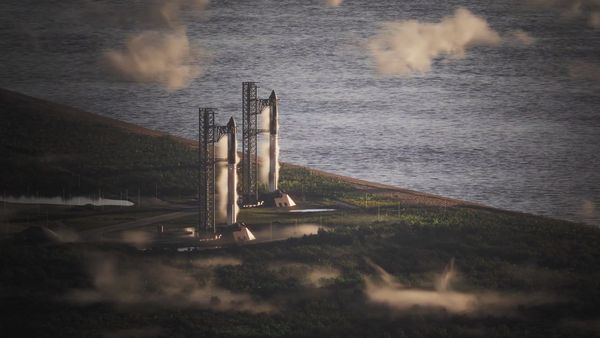
Real estate investments come with the promise of stable income and long-term growth. But sometimes, hidden risks lurk beneath the surface. Disaster liability is one of those risks that can turn a profitable property into a financial nightmare. When you invest in real estate, you may unknowingly take on exposure to floods, fires, earthquakes, or other calamities. These events can lead to massive repair costs, legal issues, and even personal bankruptcy. Understanding which real estate investments hide disaster liability is crucial if you want to protect your portfolio and your peace of mind.
1. Coastal Vacation Rentals
Coastal vacation rentals are popular for their scenic views and high rental demand. However, these properties often hide disaster liability in the form of hurricane and flood risks. While insurance can help, coverage gaps are common, and premiums are high. Storm surges, erosion, and even rising sea levels can damage your investment or make it uninsurable. Many investors don’t realize that short-term rental income can evaporate after a major storm, while repair and cleanup costs soar.
Before buying a coastal property, check local flood maps and the history of natural disasters in the area. Some areas require expensive upgrades to meet building codes, especially after a disaster. The true cost of owning a coastal rental often extends far beyond the purchase price.
2. Older Multi-Family Buildings
Older multi-family buildings can look like a great deal thanks to lower purchase prices and high cash flow potential. But these properties often hide disaster liability related to outdated wiring, plumbing, and fire safety systems. Buildings constructed before modern codes may not withstand earthquakes or fires as well as newer properties. In some cases, landlords are legally responsible for injuries or deaths caused by these hidden hazards.
Investors should always order a thorough inspection and budget for major upgrades. Retrofitting an old building to meet disaster standards can be costly. If you skip this step, you risk both your investment and your legal standing.
3. Rural Properties in Wildfire Zones
Investors are increasingly drawn to rural properties for their privacy and potential for appreciation. But many rural areas, especially in the western U.S., face high wildfire risk. These real estate investments hide disaster liability because fires can spread rapidly, destroying homes and infrastructure. Access to emergency services is often limited, and insurance can be hard to obtain or keep.
Wildfire-prone areas may also have strict building codes that require expensive materials and landscaping. If a fire hits, rebuilding can take years and cost far more than expected. Always check local fire maps and talk to insurance agents before buying in these regions.
4. Downtown Commercial Buildings
Downtown commercial buildings can be lucrative, but they hide disaster liability in a different way. Older city centers often have aging infrastructure, including water mains, gas lines, and electrical grids. These systems can fail during earthquakes, floods, or even extreme weather. If your building is damaged and tenants can’t operate, you may face lost rent and expensive repairs.
Some cities require owners to retrofit buildings for earthquake or flood safety, which can be a six-figure expense. Tenants may also sue if they believe you failed to provide a safe environment. To reduce risk, consider a FEMA flood map review and a professional structural assessment before investing.
5. Manufactured Home Parks
Manufactured home parks are attractive for their steady cash flow and lower entry costs. But these real estate investments hide disaster liability because manufactured homes are especially vulnerable to storms, tornadoes, and floods. Even with tie-downs and skirting, mobile homes often suffer more damage than site-built houses. Owners may be liable for infrastructure failures, such as collapsing roads or failing drainage systems, that worsen disaster impacts.
Insurance for manufactured home parks can be tricky and expensive. If a major disaster strikes, you could be on the hook for cleanup and legal claims from tenants. Always research local disaster history and talk to other park owners before buying.
6. Properties in Unincorporated Areas
Properties located outside city limits can offer fewer regulations and more land. But these real estate investments hide disaster liability because they often lack access to municipal services. Fire protection, water, and emergency response may be limited or nonexistent. If a fire, flood, or other disaster hits, you could face long delays for help—which means more damage and higher costs.
Unincorporated areas may also have less oversight of building standards, making it easier for hidden hazards to go unnoticed. Before investing, ask about local emergency resources and consider the true cost of self-sufficiency in a crisis. Sometimes, the savings on the purchase price are quickly lost to disaster recovery expenses.
How to Protect Yourself from Hidden Disaster Liability
Every real estate investment comes with risk, but disaster liability is often overlooked until it’s too late. The key is to do your homework before you buy. Research local hazards, review insurance options, and talk to professionals who know the area. Don’t assume that popular areas or attractive deals are free from hidden dangers.
It’s also wise to consult with a knowledgeable real estate attorney or risk management expert. They can help you spot potential problems before you sign on the dotted line. What steps have you taken to protect your properties from disaster liability? Share your experiences in the comments below!
Read More
8 Real Estate Mistakes That Erode Wealth Before Retirement Ever Starts
6 Reasons Real Estate Wealth Disappears Within One Generation
The post 6 Real Estate Investments That Hide Disaster Liability appeared first on The Free Financial Advisor.







